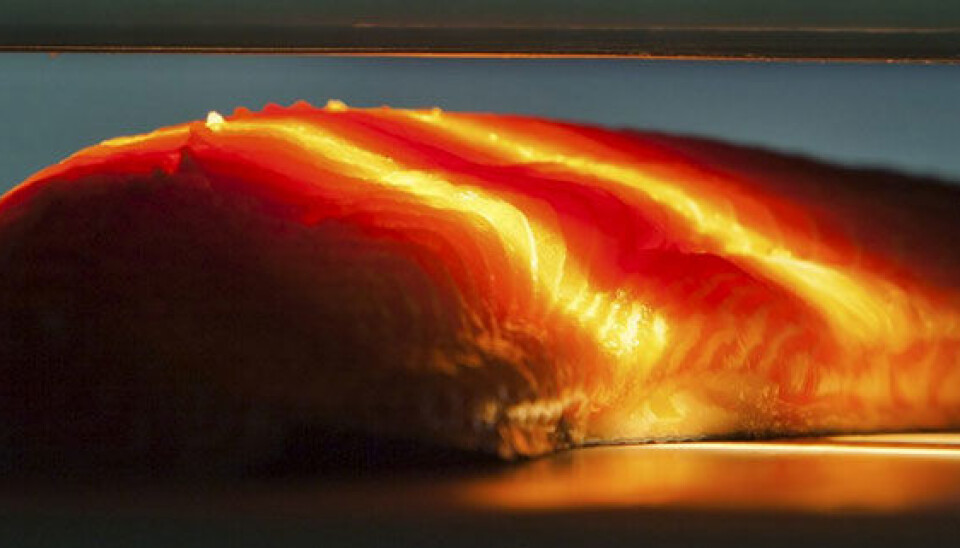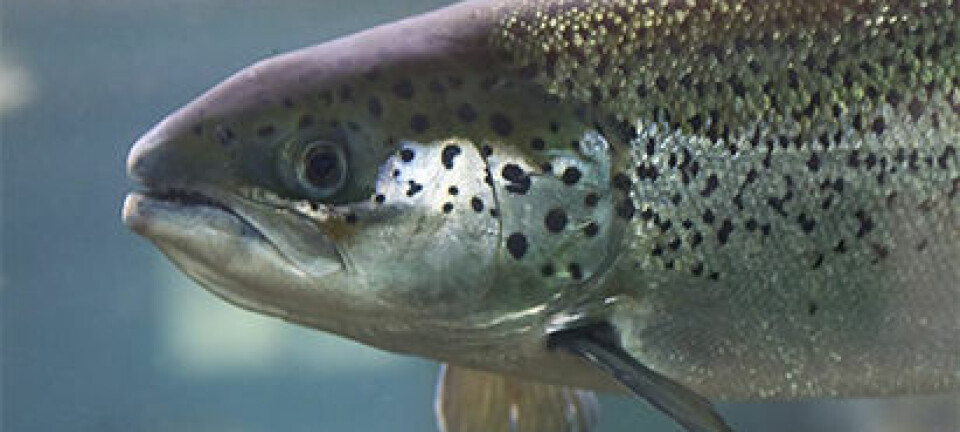This article was produced and financed by Nofima The Norwegian Institute of Food, Fisheries and Aquaculture Research

Light can reveal salmon fillet
Spectroscopic analyses may be used to reveal how fresh salmon fillet is.
Denne artikkelen er over ti år gammel og kan inneholde utdatert informasjon.
In recent years scientists have been aware that spectroscopic analyses may be used to determine freshness and shelf life. This is achieved by illuminating the salmon fillet and then studying how the light spectrum changes.
The methods are non-destructive or, in other words, the fish may be used afterwards.
Chemical or microbiological methods have traditionally been used to determine the freshness of fish. However, these methods are resource-demanding and consequently impractical in the modern food industry.
Research Fellow Izumi Sone at the food research institute Nofima has in her PhD thesis at the University of Tromsø mapped the causes of the changes in the light spectrum.
The results point to the fact that the changes may be detected after only two days and may be attributed to degradation processes in the muscle.
Iron bearing proteins
“A primary source of the spectral changes is iron bearing proteins, known as haem proteins, in the muscle. In such proteins, the best known of which is haemoglobin, the iron exists in a natural form in a reduced state. A reduced form of iron is unstable and is therefore oxidized rapidly in the muscle when oxygen is present,” says Research Fellow Izumi Sone at Nofima.
Spectral property changes resulting from bacteria growth were only detected after a long period of cold storage.
The work also documented that spectroscopic analyses may also be used to determine whether a salmon fillet has been air-stored, stored as a vacuum-packed product or stored under modified atmosphere.
“These results will contribute to more easily being able to evaluate the freshness of fillet and in this way have better control of the degradation processes after slaughter and processing,” says supervisor and Senior Scientist Karsten Heia at Nofima.
-------------------------
Read the Norwegian version of this article at forskning.no
































